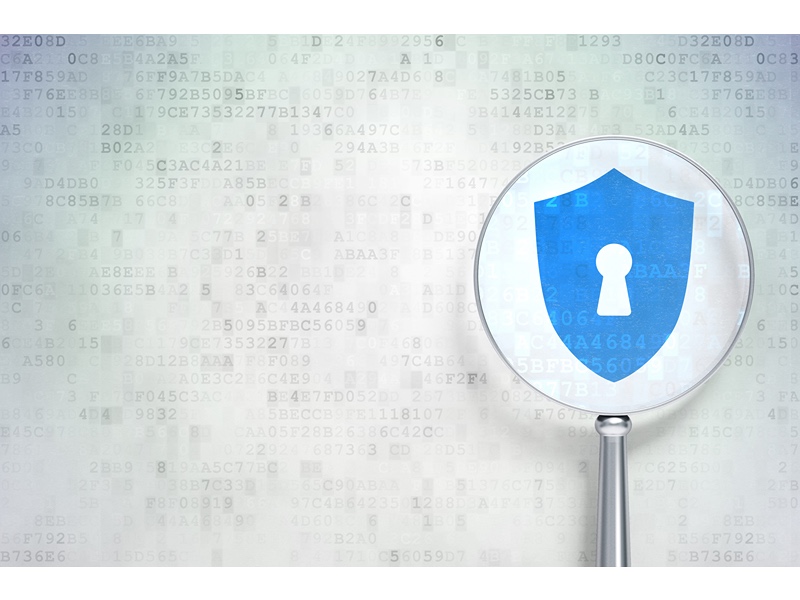Removable media, cloud storage, and mobile devices can all be valuable tools for data management. But there are particular concerns associated with them as well.
For example, when it comes to managing BYOD devices, many organizations are unsure of where they stand. “Are we allowed to check the device for malicious software?”, “Can we implement a removal policy if an employee leaves the company?”.
Hopefully, the information in this article about Removable Media / Cloud Storage / BYOD Policy will help you decide how to handle these issues.
Removable edia
Removable media is a general term that refers to any data storage device that you can easily remove from a computer without switching it off, such as a CD, DVD, or USB drive. It can also include external hard drives and phone memory.
Since these devices allow information to be transferred outside the organization, this media is a liability to organizations. It may also introduce security threats such as data leaks or malware infection/spread if lost or stolen.
Suppose employees have unauthorized access to critical company information through their personal USB devices due to security breaches in the organization’s policies and efforts to protect company data. In that case, it could result in severe financial loss, such as hefty fines and legal action (i.e., class-action lawsuits). A removable media policy ensures compliance with various laws and regulations on the use of removable media devices.
Removable Media: What Can You Carry Outside of The Office?
In an example of a solid removable media policy, all removable media must be stored in a locked location if you are not at work. That includes but is not limited to external hard drives or USB sticks, phones, or any removable storage device.
An employee should not leave the business premises with any company-issued technology unless given written approval from a member of management. Employees found in possession of unauthorized storage media should be subject to immediate disciplinary action, which may result in termination.
If an employee possesses authorized removable media, it must have been issued through standard company procedures and remain in the employee’s custody at all times. Company property should not be taken home under any circumstances unless given written approval from a member of management.
Failure to follow this kind of policy may result in immediate termination.
Cloud Storage
First developed in the 1960s, cloud storage is a shared network of remote servers that a business or person can use to store and share data over the internet. With many companies, including Google Drive and Dropbox, offering free trial periods for users to test out cloud storage systems, it has quickly become a widely used method for sharing files between employees and clients.
A significant benefit of cloud storage systems is security. In general, data stored in cloud servers is more secure than being stored on computers, which are more exposed to hacking threats. Furthermore, some cloud storage programs can sync data across multiple devices while still encrypting all files sent through them. Even if a system were infiltrated by a hacker attempting to steal information, the stolen data would be unreadable due to being encrypted at rest.
Some industry experts believe that cloud storage will become one of the most popular methods for storing company data in the future. While there are still kinks that need to be worked out before it becomes widespread, the value of having virtually unlimited amounts of space for documents and easy access anywhere within reason makes this technology an appealing option for many businesses today. Due to its ever-increasing popularity, organizations should carefully consider their cloud storage policies for their business to ensure proper measures are taken when storing potentially sensitive information on third-party servers.
Cloud Storage Policy – 5 main aspects to consider
A cloud storage security policy is a set of rules designed to help protect sensitive data stored in the cloud. There are five key pieces that make up the necessary components of any effective cloud storage security policy:
1) Data encryption at rest;
2) Ability to encrypt data when in transit between an organization’s systems and the cloud;
3) Cloud access requires two-factor authentication or multi-factor authentication;
4) Strong password policies for individual accounts on the platform being used;
5) Rules regarding who within an organization can have access to certain types of information.
Suppose a cloud storage security policy isn’t implemented correctly. In that case, it will place an organization’s sensitive data at risk causing the business to lose trust from its clients and customers as well as being held legally responsible for any breaches of privacy resulting from failing to secure their information adequately. That is why creating or updating an existing cloud storage security policy should always include all five components listed above.
BYOD
BYOD (Bring Your Own Device) is a policy designed to allow employees to bring their own devices to work so that they can use the same technology at the office as they do at home. The acronym stands for ‘bring your own device’ and was first coined in 2007.
In effect, BYOD allows employees who don’t have access to an enterprise installation of a required software application at home to do so on their personally-owned computers, laptops, smartphones, or tablets. It often gives them unrestricted access to company resources, which can benefit companies as it means that employees are more equipped to complete their work and don’t have to tie up office devices.
On the other hand, there are some risks involved with allowing employees to use their own equipment in the workplace. For example, if they were allowed to download games or non-work-related applications during working hours, this would increase the amount of time taken away from work and, therefore, decrease overall productivity. Furthermore, data stored on these devices are not always owned by the user; instead, it may belong to the manufacturer, operating system creator, or internet service provider. As a result, if this data is breached, it could give hackers access to company information.
BYOD – How to Mitigate Risks?
Creating a BYOD policy may reduce the risks associated with allowing employees to use their own devices at work, but it isn’t always straightforward. For instance, simply introducing a policy isn’t enough; companies must also educate employees on what they can and cannot do with their devices. In order for a BYOD policy to be successful, both the company and employees must understand what it entails. You should establish a strict set of rules. Any types of files or apps which could affect productivity or result in a security breach should not be allowed on personally-owned devices during work hours. However, for casual use outside of office hours, this isn’t necessary. That means that both the company and the employee have responsibilities. Companies are required by law to make sure any technology used for business reasons meets minimum safety and security standards. Employees have to follow any rules outlined in the BYOD policy.









